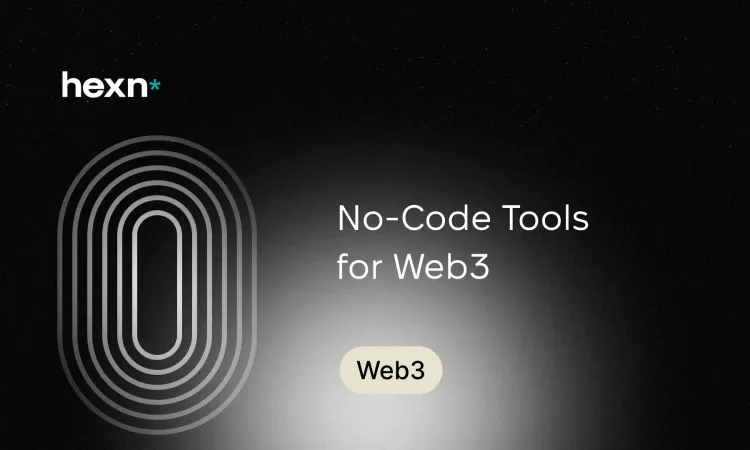No-code Tools for Web3
What No-Code Tools Are
No-code tools provide visual interfaces and prebuilt components so people can assemble applications and workflows without traditional programming. In the context of blockchain, these platforms remove technical barriers, allowing creators, product managers, and entrepreneurs to experiment with decentralized apps, automated contracts, and financial protocols faster.
That accessibility matters because it broadens participation. Instead of needing a developer team to write and audit code, an idea can be tested and iterated quickly using templates, configurable modules, and point-and-click logic.
- No-code platforms let non-developers create blockchain applications without writing code.
- They make tasks like deploying smart contracts, launching DApps, and prototyping DeFi strategies far more approachable.
- However, trade-offs exist: limited customization, security considerations, vendor dependence, and scaling limits.
How No-Code Platforms Apply to Web3
Below are practical ways people are using no-code tools in decentralized ecosystems.
Building Decentralized Applications (DApps)
No-code builders often include UI components, wallet integrations, and on-chain connectors so users can assemble marketplaces, social features, or simple games without hand-coding the front end or blockchain plumbing.
Creating and Deploying Smart Contracts
Some platforms let you define terms, roles, and conditions through guided forms. The tool then generates and deploys the contract to a blockchain network, reducing the need to write contract code manually.
Designing DeFi Flows and Automated Strategies
For DeFi use cases, no-code tools can wire together liquidity pools, swaps, and yield engines. This helps creators prototype yield farming, liquidity incentives, or token distribution schemes quickly.
Key Benefits of Using No-Code Tools in Crypto Projects
No-code solutions offer several advantages that can speed up development and lower barriers to entry.
1. Greater Accessibility
Individuals without programming backgrounds can participate in building blockchain products, opening innovation to a wider group of creators.
2. High Speed
Drag-and-drop editors and ready-made templates let teams move from idea to working prototype in hours or days instead of weeks.
3. Reduced Development Costs
Lower dependency on specialized engineers and shorter development cycles can trim budgets, especially for early-stage experiments.
4. Easier Iteration and Maintenance
Visual workflows make it simpler to change logic or UI, enabling rapid updates as user needs or market conditions evolve.
Important Limitations and Risks to Consider
No-code tools are powerful, but they're not a universal solution. Evaluate these trade-offs before committing to a platform.
1. Limited Customization and Complex Logic
No-code frameworks are optimized for common patterns. When an application needs bespoke behavior or advanced optimizations, traditional development may be required.
2. Security and Data Exposure Risks
Abstracting away code can obscure critical implementation details. If the platform or generated contracts are not rigorously audited, users may face vulnerabilities or data leaks.
3. Vendor Lock-In and Portability
Many platforms host proprietary components. Migrating a project away from a provider can be difficult if the platform controls key integrations or export formats.
4. Scalability and Performance Constraints
No-code solutions can struggle with high-throughput workloads or heavy on-chain computation, where custom engineering and optimized infrastructure become necessary.
Practical Tips for Selecting and Using a No-Code Web3 Platform
To make the most of no-code tools while reducing risk, consider these steps:
- Start small: Validate your idea with a prototype before expanding functionality.
- Check security practices: Look for platforms that publish audits, use well-known contract standards, and offer rollback or upgrade mechanisms.
- Plan for exit paths: Ensure you can export data or migrate logic if you need to leave the vendor.
- Mix approaches: Combine no-code for rapid prototyping with traditional development for production-critical components.
Choose no-code when speed, cost, and accessibility outweigh the need for highly specific logic or extreme performance. For mission-critical financial flows, high-value assets, or complex consensus rules, complement no-code with expert engineering and security reviews.
Final Thoughts
No-code platforms are lowering the technical threshold to experiment with blockchain technology. They accelerate learning and make it easier to turn ideas into live experiences. At the same time, responsible use requires attention to security, scalability, and vendor strategy. When applied thoughtfully, no-code tools can be an effective part of a broader development toolkit that includes both visual builders and traditional engineering.
